NAME: Mike Willmott
EXPERIENCE: Just the 40-years!
FAVOURITE LAKE: Springwood Pool
ALL-TIME BEST BAIT: Easy – B5
MY NUMBER ONE RIG IS: The one that catches my next carp!
WEIRDEST THING YOU’VE SEEN A CARP DO? Leap out and try to head butt me whilst hanging just above the lake surface from a tree over a baited area! They just have no appreciation for their ‘feed-master’ at times!
How much attention do you pay to the overall rig mechanics, for example the Hair and separation between hook and bait?
I’m extremely meticulous about the fine tuning of all the little details that go into the overall mechanics of the rig. For large pats of the time, particularly when you’ve got them feeding heavily over your bait, they will be throwing caution to the wind and those small details may not matter a great deal. However, there are many times when they will be acting with great caution and it’s those fine details that will make the difference. Get into the habit of making sure every aspect of your rig is correct and then just concentrate on finding the fish and giving them a good bait.
Short or long hooklinks, these tend to be quite uniform, but do you ever use hooklinks of say twelve-inches or more, and if so why or why not?
I don’t particularly like long hooklinks as a rule (except on zigs of course) because the further your hook is from the lead, the more freedom of movement they have, which in turn increases the chances of the fish feeling any resistance before it reaches impact with the lead and maximises the chances of ejection. On a zig there is a certain amount of tension between the hook and the lead so this does not apply. The only time I tend to use longer hooklinks than twelve-inches is if I’m fishing over weed or very soft silt of a similar depth and I want presentation. In such cases I will use a hooklength a few inches longer than the silt/weed I’m fishing over and a neutrally balanced bait to rest on the top.
Hook sharpening has become extremely in-vogue, but do you sharpen your hooks or use them as they come straight from the packet?
It very much depends on which hook I use. My favourite bottom bait hook are the Garner Tackle Covert Mugga hooks. I tend to fish the Conti version on the big fish/weedy venues due to being thicker in the wire. These are nice and sharp, but I often find myself running a Point Doctor over it to just touch it up a little. For pop-ups I love the Gardner Covert Chod hooks. These are extremely strong and super sharp and I don’t find the need to have to sharpen these any further. I still check them thoroughly and very occasionally run a Point Doctor over them, but this is rare.
If you sharpen your hooks explain why and to what degree, if not, why don’t you think it is an edge?
I like my hooks sharp, as pointed out, but I don’t get paranoid about it! Sharp hooks have obvious advantages in terms of hooking potential, but hooks are far sharper today than ever before, and with a small amount of ‘touching up’ (if required) they will be fine. I went through the stage of eye glasses, using a vices and hours spent trying to get perfection with different files, but I really didn’t notice any increase in bites as such. Like I said, I like them nice and sharp, especially so if using smaller leads, but I think I have it all in perspective now!

Do you think hook size makes a difference to a rig’s efficiency? Do you like large or small, or opt for the national favourite that seems to be a size 6?
Everything with this question depends on what size and type of bait I’m using and the water I’m fishing. It’s very much horses for courses with me. I might be using a heavy gauge size 4 on a weedy/snaggy water with big carp present and 20mm boilies, but I would hardly use that arrangement in conjunction with a single grain of corn in open water! As a general rule I will always use the smallest hook I think I can get away with given the circumstances in front of me. It is also worth remembering that you can counteract the weight of your hook by balancing your baits.
What size lead do you use? Again, do you think there are benefits from very light leads or extra heavy leads of 5oz and over?
I’ve been using 4oz leads a lot over the past year, but that’s because much of my fishing has been well over 120-yards and I need to hit the distance. On small waters where a ‘stealthy’ approach is needed, I generally prefer to use leads of about 1.5oz, especially if it’s silty and/or weedy or if I’m trying to avoid disturbance. I think fish are very ‘tuned in’ to the sound of leads hitting the water! If I find myself in a situation whereby I feel my rigs are being ejected using light leads, I will often switch to a heavier lead (up to 5oz) to see if that solves the problem.
How conscious are you of a carp’s ability to suss the lead, and what, if any measures do you take to get the lead to blend in as close to the lakebed?
If fishing heavily coloured water or amongst silt or weed, it wouldn’t bother me if I was using yellow leads with pink spots! If fishing clear water and over clear areas such as gravel, I’m extremely paranoid about it and often take samples of the gravel to try and get my leads ‘matched’ up as close as possible. I will also take pictures of them in the margins on the clean gravel and get my lead supplier ‘Blackpool Phil’ to coat them up as close as possible.
There are numerous leadcores, lead-frees and anti-tangle tubings available but do you stick with one type or at times do you opt for one over the others in certain situations, and if so why?
I’m always changing around depending on the situation in front of me. I can’t stand leadcore in clear water over clear ground and tend to use clear heavy leaders or if I can get away with, just using my main line straight through with a few blobs of putty over the last yard or two to keep it flush to the lake bed. I’m happy using Gardner Tackle’s CamFlex leadcore over weed or choddy ground and they do some lovely ‘flecked’ colours. I’ve always been confident using tubing on most bottoms but as short as possible (just slightly longer then your hooklink). Not many anglers use it much these days and I often think it resembles a small strand of weed or a twig and I rarely see carp spook off of this.
If you critically balance your hookbait, how do this and what do you dictate as what is critical?
I’m always balancing my hookbaits for bottom bait Boilie presentations. More importantly however, I’m also drilling out my cork dust pop-ups for longer buoyancy when using chod rigs or hinged stiff rigs. I carry a very sharp 7mm drill bit in my tackle box and drill out a cavity within the Boilie/pop-up. On a 16mm Boilie this cavity will be approx 12mm deep. I then plug this with Gardner’s Zig Rig foam. It works a treat and is a brilliant method with so many more advantages. Incidentally, when balancing bottom baits I don’t like having them critically balanced unless fishing on top of soft weed.



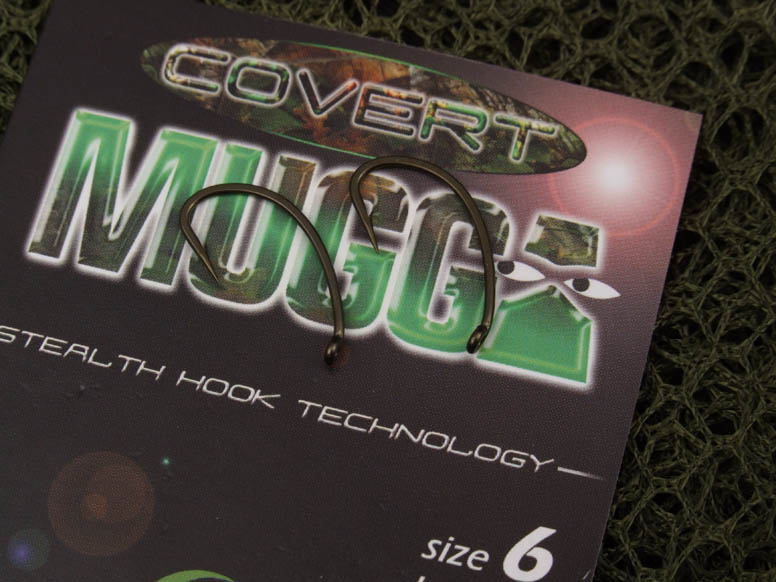
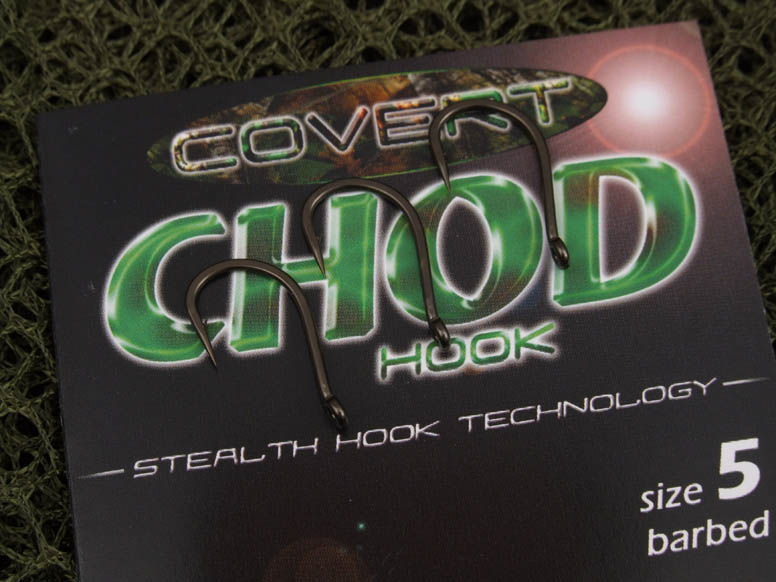 Gardner Covert Chod hooks. These are extremely strong and super sharp and I don’t find the need to have to sharpen these any further.” alt=”For pop-ups I love the
Gardner Covert Chod hooks. These are extremely strong and super sharp and I don’t find the need to have to sharpen these any further.” alt=”For pop-ups I love the 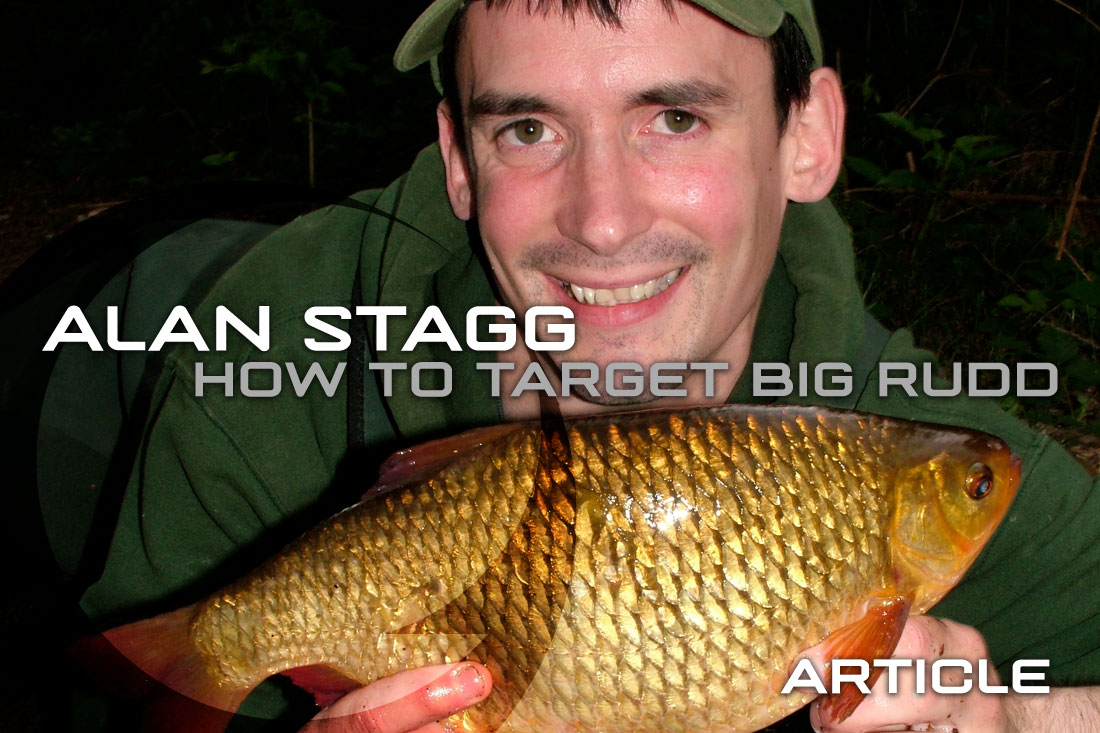
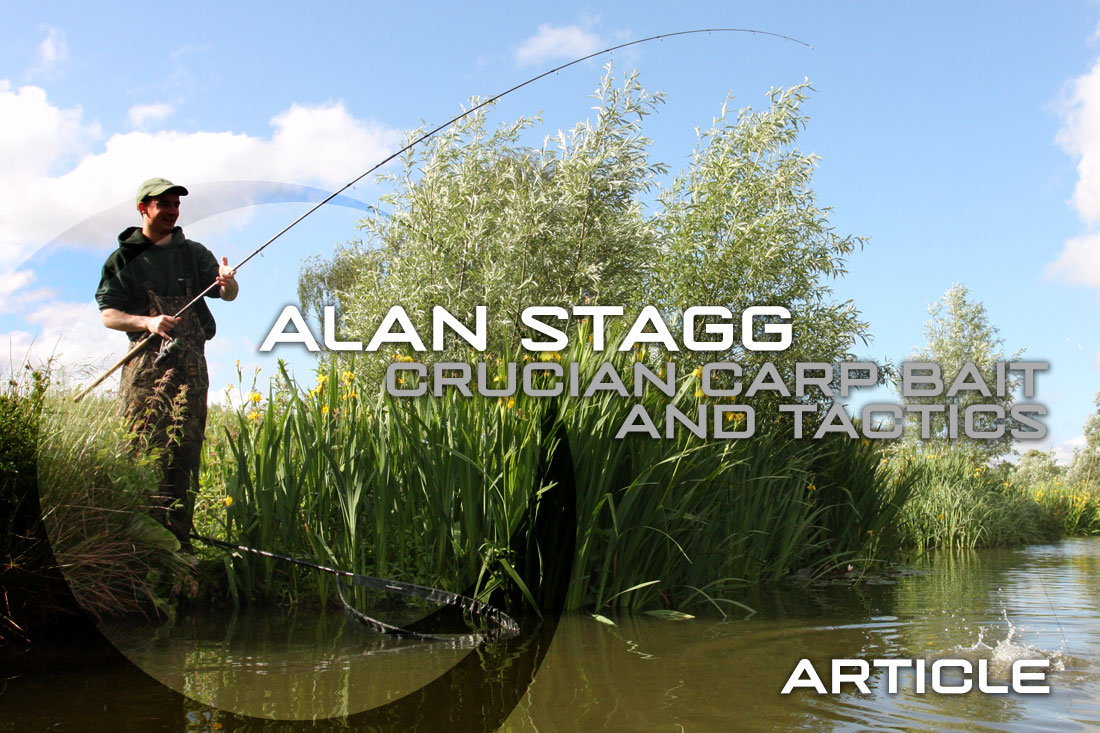

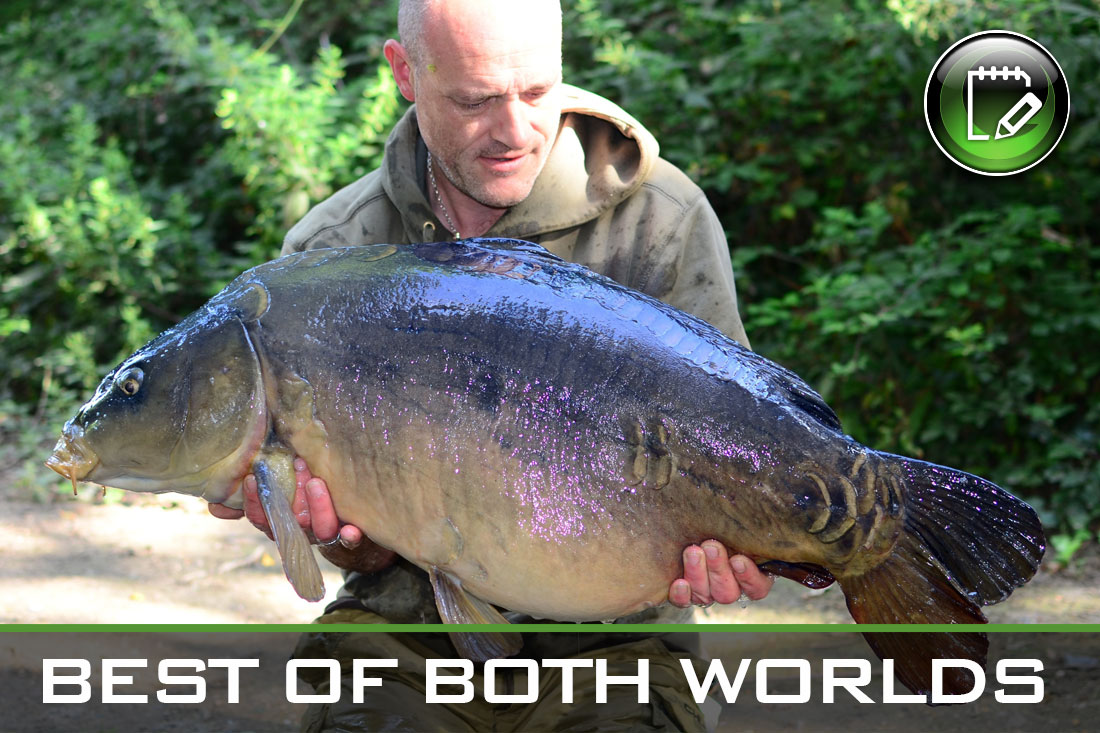
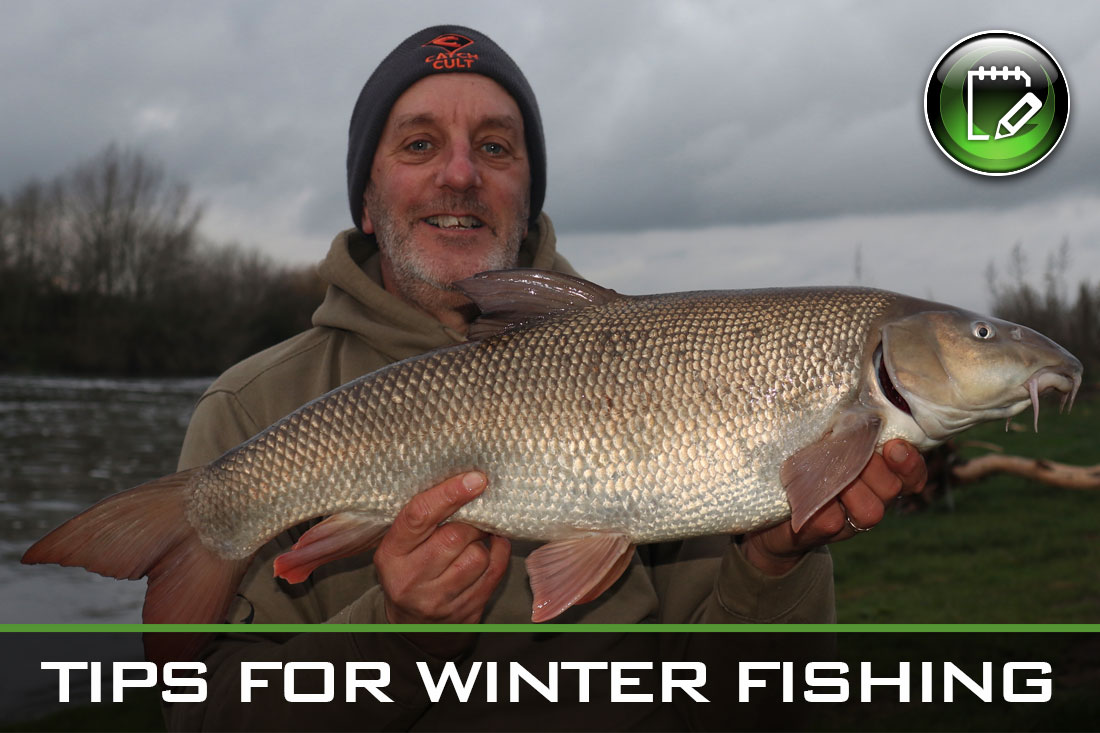
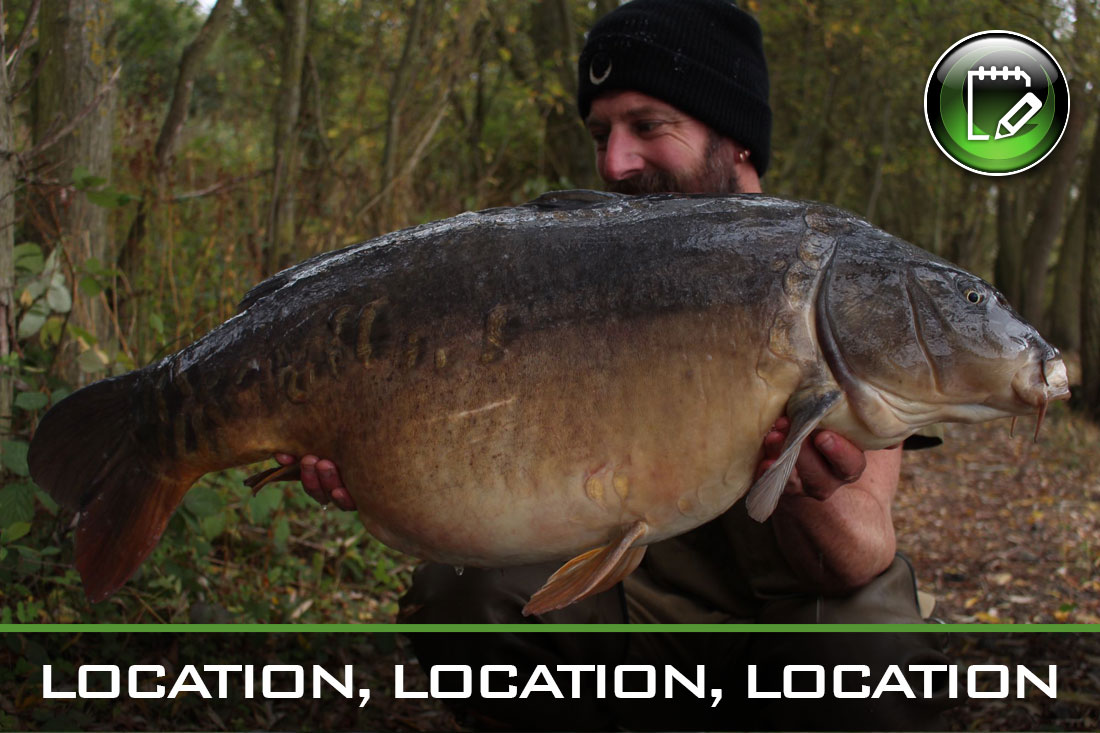
Leave A Comment
You must be logged in to post a comment.